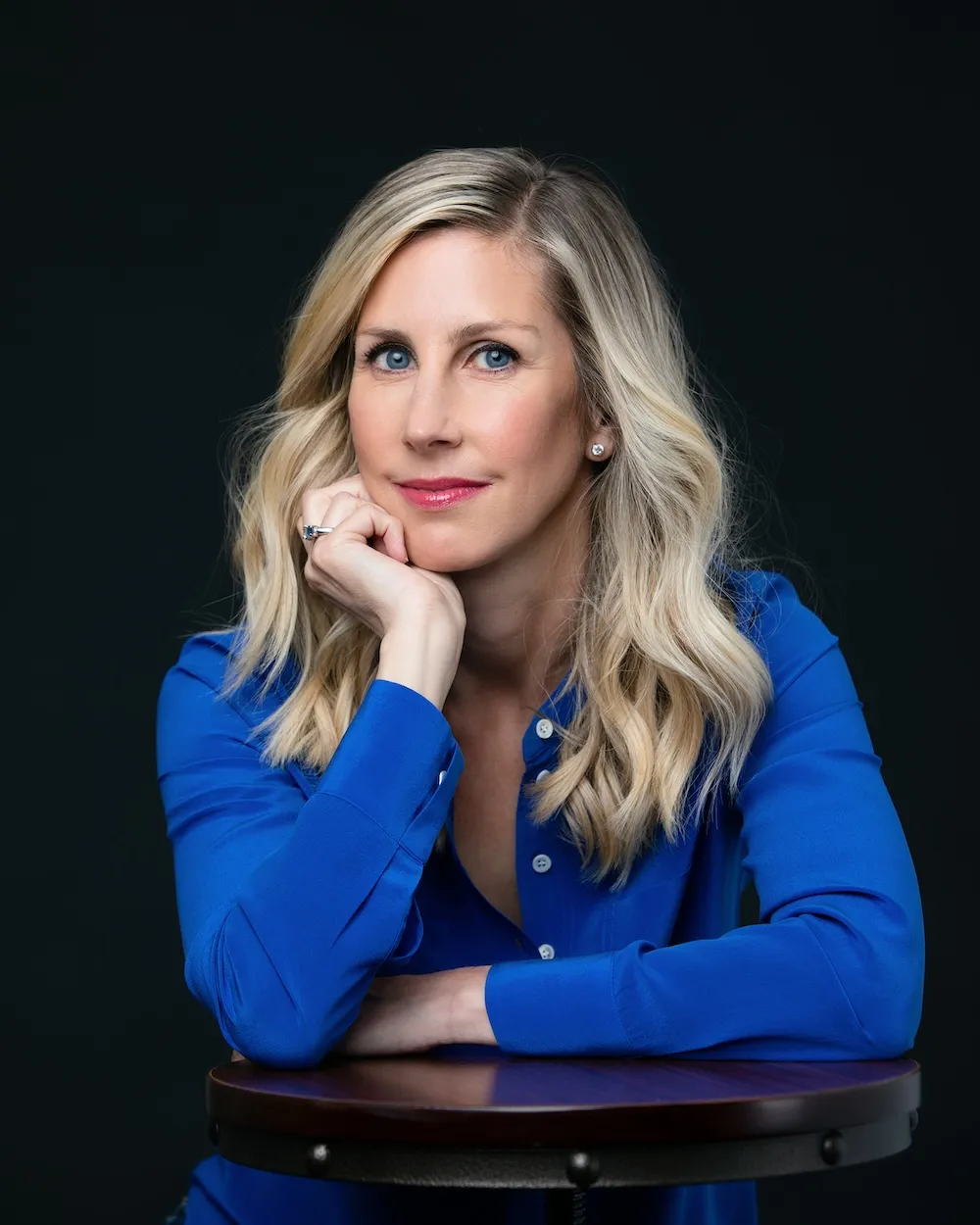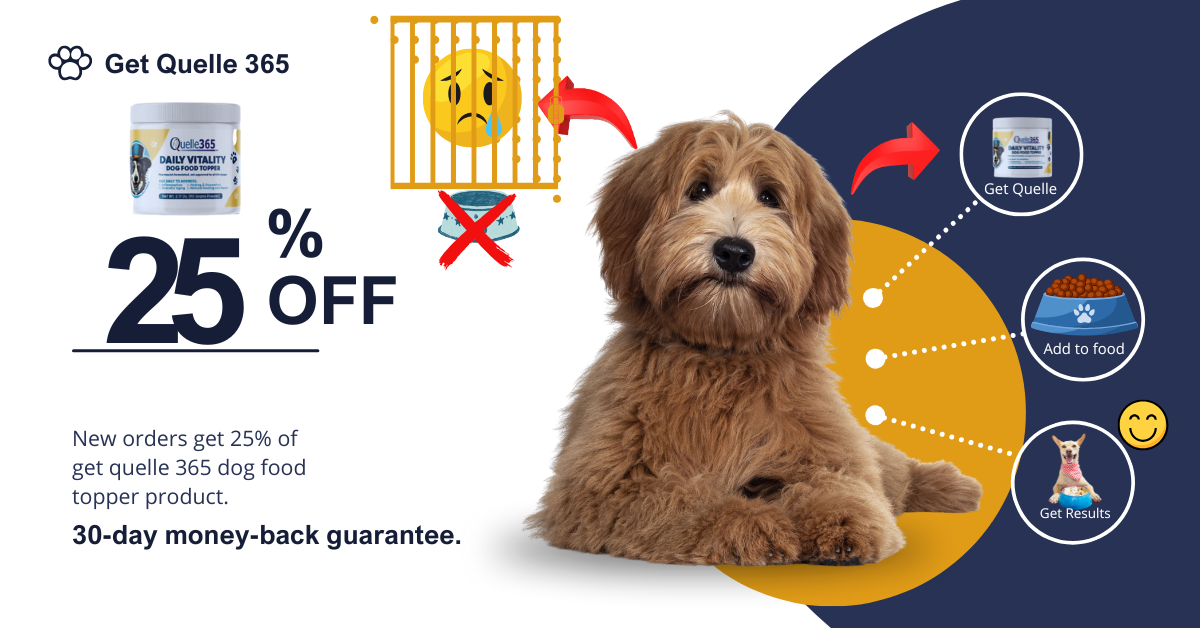Danone’s CMO on adapting advertising as GLP-1 upends the food industry
The market for GLP-1 medication is estimated by several forecasters to bring in over $100 billion in annual revenue within the next decade. But the drug category, initially developed for diabetes but now widely used for weight loss, has also begun to affect the food and beverage industry as consumers on GLP-1 medication — about one in eight U.S. adults — require protein-rich, nutrient-dense diets.
For Danone, the marketer of brands including Oikos Greek Yogurt and dairy substitute Silk, manufacturing the product mix needed by consumers on GLP-1 medication is one thing — communicating to meet this changing consumer base is another, especially with the food industry at a “tipping point,” said Danone North America CMO Linda Bethea.

Danone NA CMO Linda Bethea
Courtesy of Danone
“We’ve seen increased consumer interest in health and wellness since COVID. They’re more interested in high-protein products, high-fiber products, low-sugar products, convenience,” the executive said. “That’s only been accelerated by the rise of adoption of anti-diabetes and anti-obesity medication. People taking GLP-1 drugs have different nutrition needs, and our portfolio is well positioned to deliver against those [needs].”
To better meet evolving consumer demands, Danone has tested ad campaigns that run on Pinterest and on-site display with diet-focused messaging. The marketer also encouraged the FDA to make its first qualified health claim for yogurt, information that is shared when consumers shop at Target, Amazon or Walmart for Danone yogurt.
Marketing Dive spoke with Bethea about these ad experiments and how the marketer is approaching retail media networks, artificial intelligence (AI) and Super Bowl advertising.
The following interview has been edited for clarity and brevity.
MARKETING DIVE: How does Danone adapt the marketing of its portfolio to meet consumer changes like the increased interest in GLP-1-ready diets?
LINDA BETHEA: Everything comes back to our purpose at Danone. We have a mission to deliver health through food to as many people as possible, so it all starts with making sure that we’re leading with our health-driven portfolio. Seventy percent of our portfolio is nutrient dense and can deliver against these evolving consumer needs. But with such a broad portfolio, we need to make sure that each one of our brands is delivering in a way that makes sense for that brand.
For example, Oikos is the high-protein brand in our yogurt portfolio. Protein consumption is something that’s of utmost interest for consumers: 71% of adults say they’re interested in increasing the amount of protein in their diets, and so we’re leaning into that and increasing our focus on protein-led messaging with Oikos, which led to it growing 40% last year. We know consumers are looking to increase the amount of plant-based products in their diet, so we lean into that with Silk, and we really try to focus on the benefits of plant-powered goodness across our Silk portfolio. [We stay] true to what each brand stands for, but in a way that ladders up to our overarching Danone mission of delivering health through food.
How is Danone bringing these brand messages to life in emerging channels?
All of our marketing media strategies really try to deliver the right message to the right consumer at the right time. As we think about our health-focused messaging, and specifically in the GLP-1 space, it was really important to us to understand the consumer journey. Where did they first learn about GLP-1 drugs? Who were they going to for information, whether it’s healthcare professionals or online influencers?
We absolutely embody a test-and-learn culture before scaling our marketing initiatives. We tested ads on Pinterest, where we knew people would be searching for nutrition content and recipes. We’ve tested, in partnership with some of our key retailers, doing on-site retail media and looking at what types of messaging resonates most, whether it’s protein-lead messaging, GLP-1-lead messaging, nutrient-lead messaging, et cetera.
What are some of the health-related channels you’re using?
We’ve tested messaging through patient portals in doctor’s offices. That’s a key place where people are going to talk to their health care providers about GLP-1 drugs, so it’s a great opportunity to deliver the right type of messaging. I’ve had some really great learnings around what is resonating most with consumers, and they are absolutely looking for information around the nutrients they need while on GLP-1 drugs.
We know how GLP-1 drugs work, and it’s reducing their consumption throughout the day, so it becomes even more important that the foods that they consume are nutrient dense to meet their nutrition needs. That can be a difficult thing for consumers to do in an area where they don’t have the knowledge. Danone has a number of registered dietitians, and we’ve also partnered with registered dietitians in the community, to provide that information to them.
We’ve launched our GLP-1 nutrition hub as part of our North American website to provide that information as well, and help them understand what products in our portfolio can help meet those nutrition needs on their GLP-1 journey. We’re going to continue to provide that type of information through our GLP-1 marketing, for sure.
As retail media networks proliferate and mature, how are they part of your media mix?
We’ve shifted a significant portion of our media budget to retail media because we’ve seen the results. We absolutely can leverage the measurement capabilities and glean the data required to improve the effectiveness and efficiency of our marketing efforts.
A specific example in this space was the work we did on the GLP-1 test and learn with some of our key retail partners. We’re able to understand that certain messages resonated more than others, but most of the buyers were new-to-brand and new-to-category buyers, so it’s driving incrementality to our business by bringing in users who may not have purchased yogurt before.
How do you balance these opportunities with different restrictions and regulations in health-related marketing?
Danone is so well positioned to play in this space because we have a long history of science-led innovation and product expertise. We have registered dietitians on staff who are working hand-in-hand with our product developers to develop products specifically to meet the health and wellness needs of consumers in general, but also consumers on their GLP-1 journeys. The information we provide is science-backed, it’s credible, it’s trusted. That being said, we also leverage consumer influencers as well to make sure that we’re reaching a broader set of consumers and driving cultural relevancy.
It doesn’t get any broader than the Super Bowl, where Danone brands have run regional and digitally focused campaigns. Tell me about that strategy.
At Danone, we believe you should measure what you treasure, and it doesn’t make sense to be spending $7 million to $8 million for one 30-second spot. For the past few years, we’ve hacked our way into the big game. We were an early adopter of running our spots in the digital stream of the Super Bowl, which led to, most recently, the most-streamed Super Bowl of all time. It’s been a very successful strategy for us.
Speaking of sports, Danone was one of the GroupM clients that expanded its media investments in women’s sports. What drove that decision?
What matters most is data and insights. You have to take that consumer-led approach and really understand what’s going to resonate most with your consumer base. We’ve all seen the rise of women’s sports, and so that’s been a really interesting area for us to explore. We partnered with three female Olympic athletes as part of our “Nourish Your Hustle” yogurt drinks campaign last year, which was a great success. And we’re definitely looking to expand partnerships that make sense for us strategically as good fits for our brand, but also to drive that cultural relevance at scale in the marketplace.
Where does AI fit in Danone’s marketing at this point?
We believe AI can be a huge enabler for us at Danone. We actually have a partnership with Microsoft on AI looking at the different tools and technologies we can leverage across our business to improve efficiency. From a marketing standpoint, we are leveraging it in specific use cases.
We found that it’s really helpful in shortening the creative development process, which can be very lengthy, but we’re leveraging it for things like storyboards and mood boards which cuts days, if not weeks, out of the creative process. We’re also leveraging it for creative effectiveness testing, so you can turn around testing results much faster, which enables you to really learn from consumers and put the best ad into the marketplace.
Source link



:max_bytes(150000):strip_icc()/MERIDIAN-BIOTECH-Buffalo-Trace-FT-BLOG0725-03-04802a8c13594a5389e16cd4769859ae.jpg)
:max_bytes(150000):strip_icc()/fw-roundup-cuisinart-deals-tout-79ee4488e2684cb8a97d980696d80b4b.jpg)
:max_bytes(150000):strip_icc()/faw-one-off-yeti-camino-tote-tout-396c5a6fa40c48978801ea816cec2d91.jpg)
:max_bytes(150000):strip_icc()/fw-one-off-david-chang-stainless-steel-pot-tout-0c4b76303f3f4d69b5372ea3e50edea2.jpg)